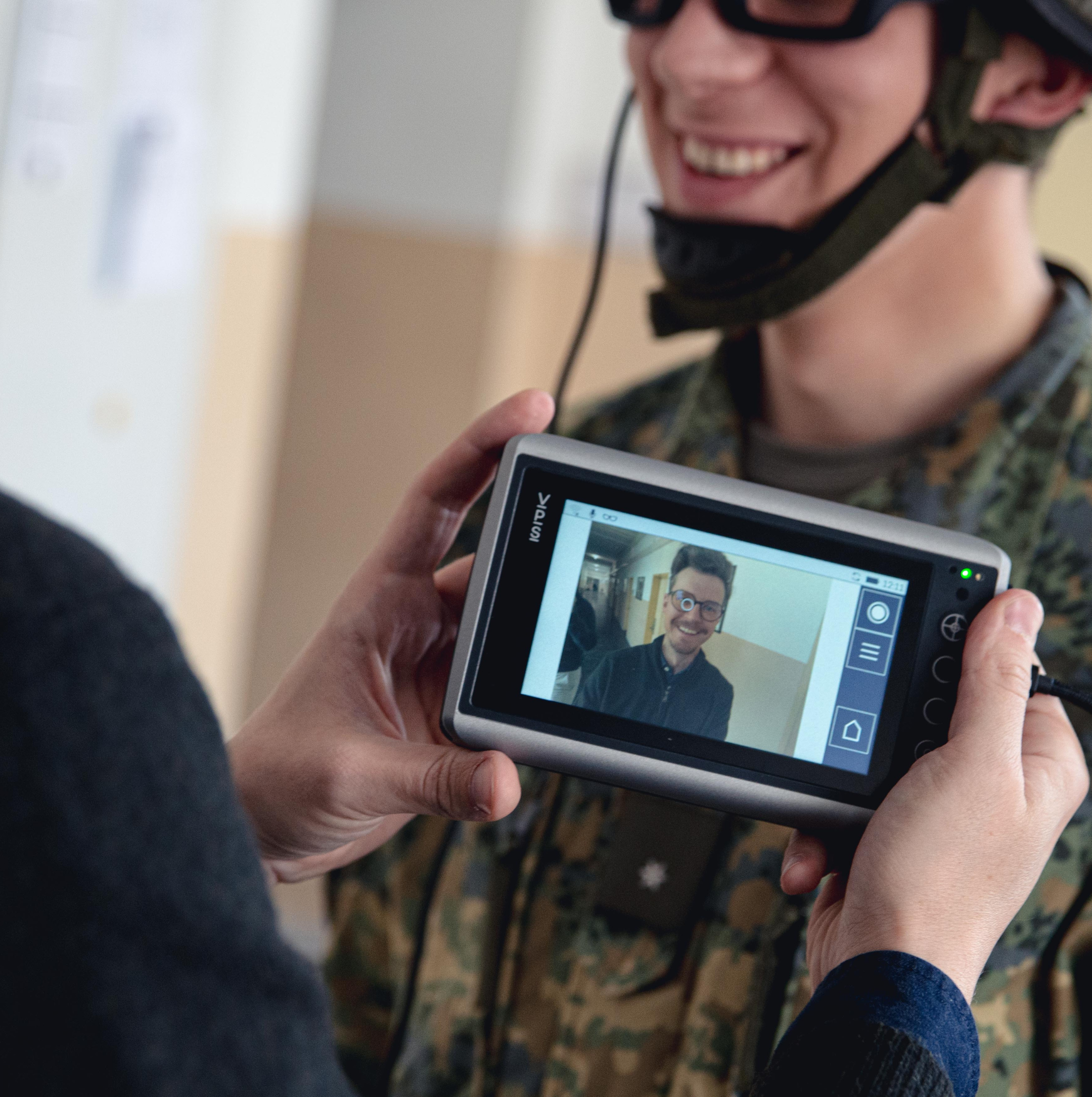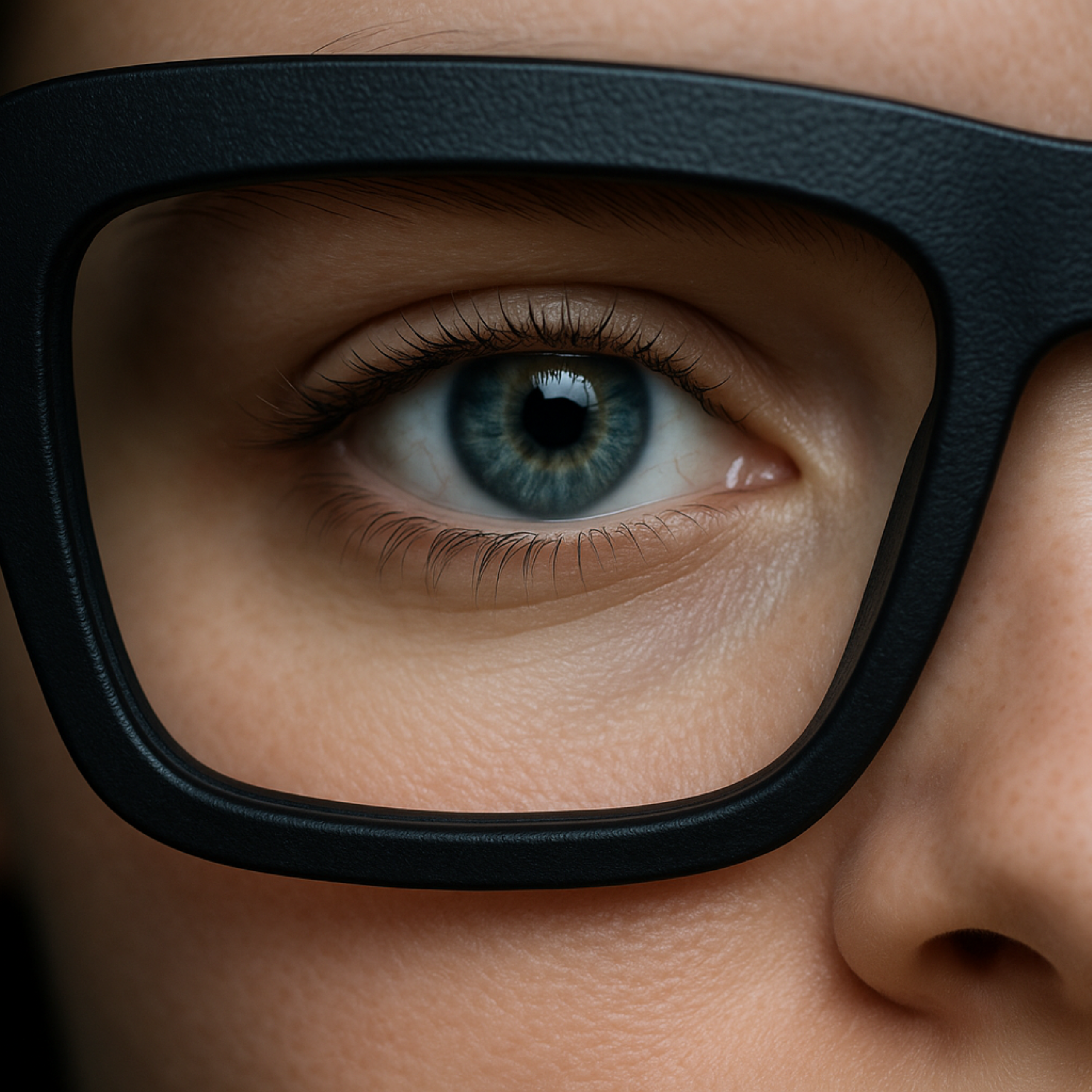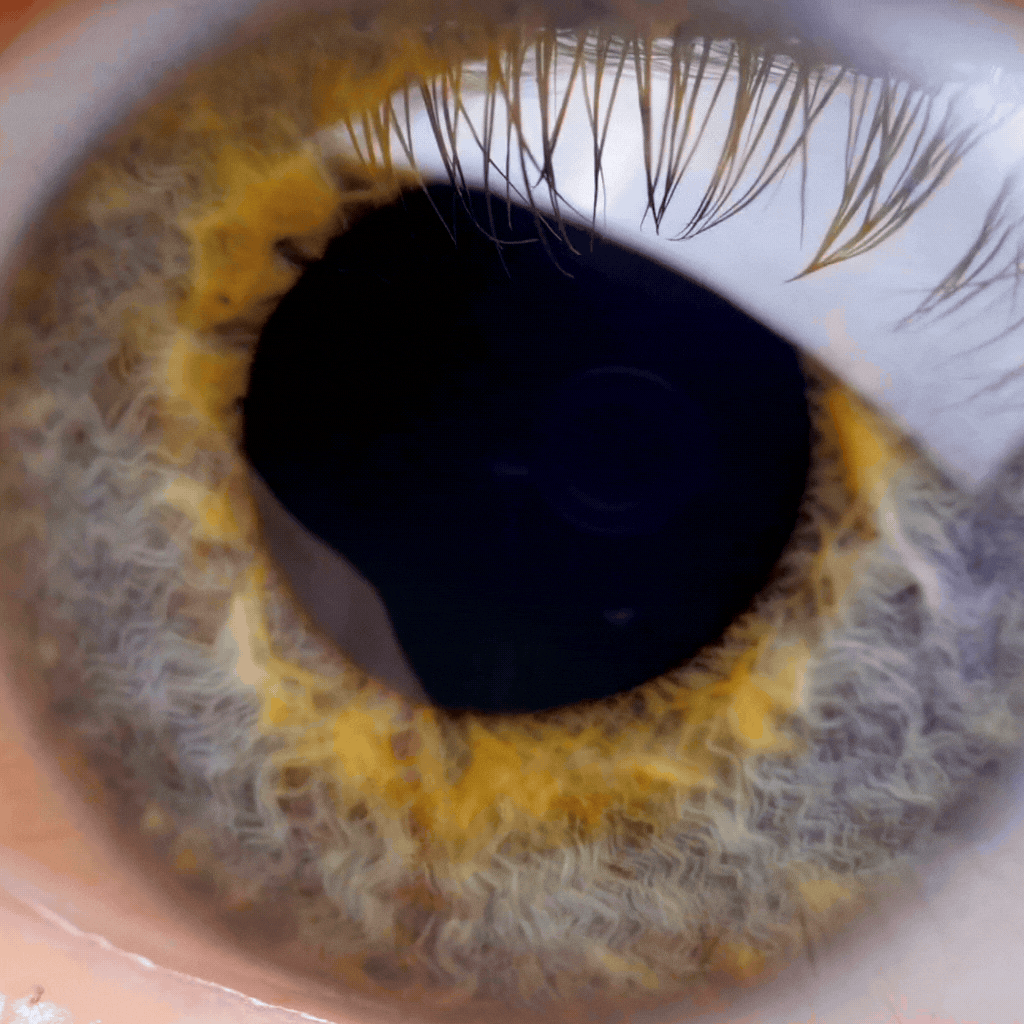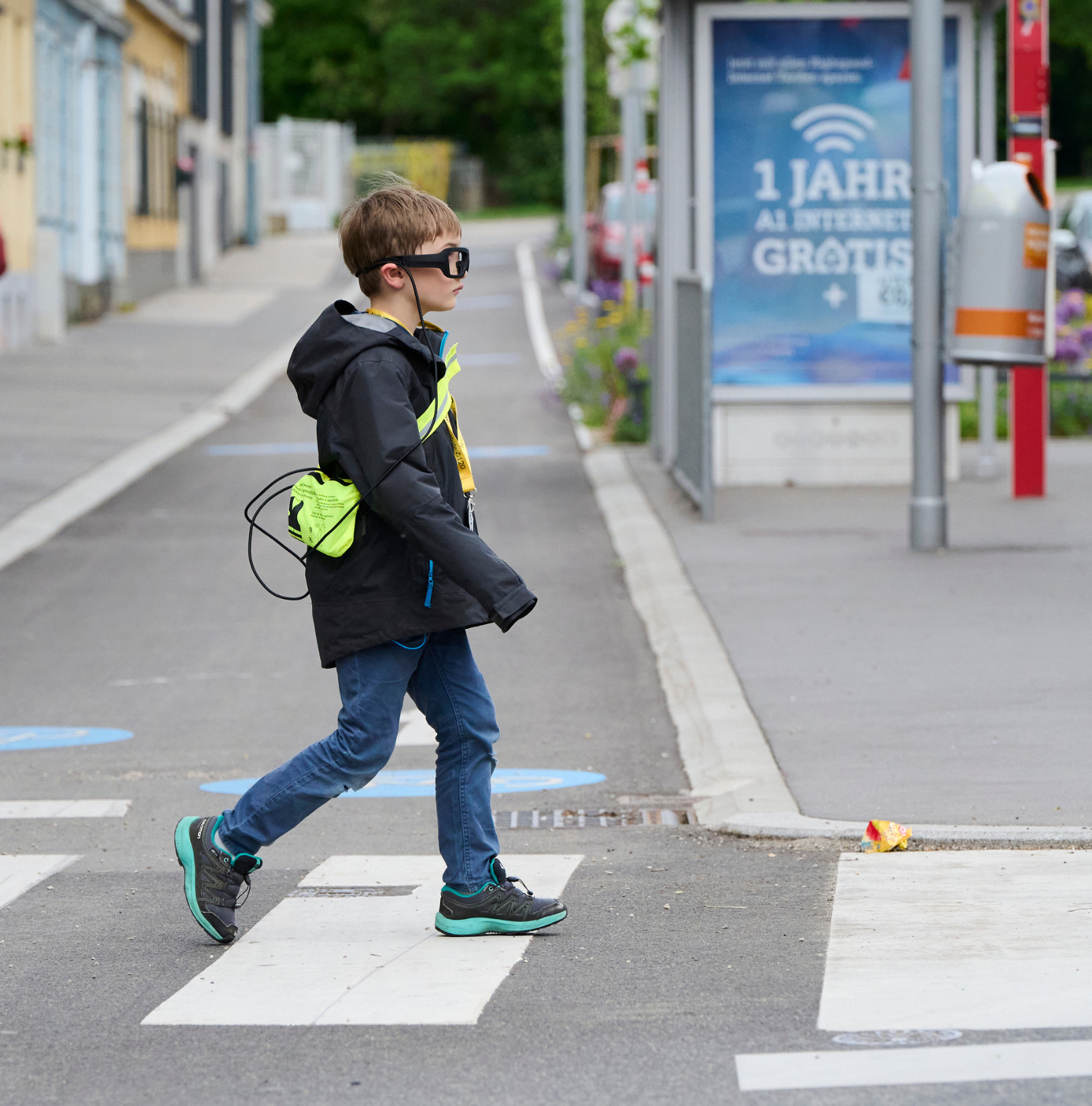
At our company we analyse human viewing behaviour on a daily basis. So we thought it was high time we devoted a blog article to that super organ, the eye. Just how important our eyes are for our everyday lives, can perhaps only be truly understood by those who are losing their sight or who are blind. What only a very few people know: Our eyes not only take in an enormous amount of detail, they also give away a great deal of information, for example, about our state of mind and how we feel in any given situation.
The eye is not just our most attractive sensory organ; it is also the most important: We receive more than 70 percent of all sensory input through our sight. The eye can distinguish some 7 million colours and on clear nights can see many light years – and thus billions of kilometres – into the universe.
Moreover, it is a veritable power pack: Four straight and two oblique, or slanting, strands of muscle ensure that we can turn our eyes in all directions. Within tenths of a second we can move the eye and fixate on objects to capture them in sharp focus – essential for fast reactions in road traffic. The outer eye muscles are in fact the most active muscles in the human body and get into action over 100,000 times each day.
LIGHT WAVES GIVE MEANING
Electromagnetic waves of light are converted into images by the retina and the optic nerve which is around one millimetre thick and 4.5 centimetres long. A veritable high-speed line, the optic nerve sends the images to the cortex of the brain in less than one tenth of a second – the information highway from the eye to the brain so to speak. Only when the signal reaches the visual centre of the cerebrum are the signals from the two optic nerves converted into images. The importance of the sense of vision becomes clear when we realise that roughly one third of the entire brain is occupied with analysing the visible world.
Every day our sense of sight is bombarded with an untrammelled flow of information about our surroundings whenever our eyes are open. This is more information than can actually be processed. This is why seeing is often compared to drinking from a waterfall.
During this process the brain and also the retina, which is actually an extension of the brain, deliver truly enviable performance: They compare all the images with information already stored in the brain – the objects and emotional impressions we have collected over the course of our lifetime. Within split seconds, our visual system filters the flood of information we receive each day extracting the impressions that are of interest to the brain and that we then really take in.
MIRROR OF THE SOUL
The face is a picture of the mind with the eyes as its interpreter – as the famous philosopher Cicero put it more than 2,000 years ago. And indeed: Our eye movements and the contractions of the iris do provide information about our state of mind and what we are feeling in any given situation.
Using our eye hyper-tracking technology, we can accurately recognise when a person’s gaze jumps back and forth and when it fixates on something – the latter being the moment when the information from the visual scene is actually perceived. The widening or narrowing of the pupils indicates an emotional response to this situation and reflects basic emotions such as stress, anxiety, anger, sadness, happiness or surprise. The dilating or narrowing of the pupils is controlled by the autonomic nervous system, formerly the vegetative nervous system, which acts unconsciously. In a situation in which the brain recognises the need for heightened attention, enlarged pupils allow more light to enter the eye so that more of the environment is taken in.
Thus, if we are tired, excited or stressed – tiny eye movements betray us! And they supply important data about which information a person needs in a specific situation and which aids can improve the situation in times of stress or uncertainty.





